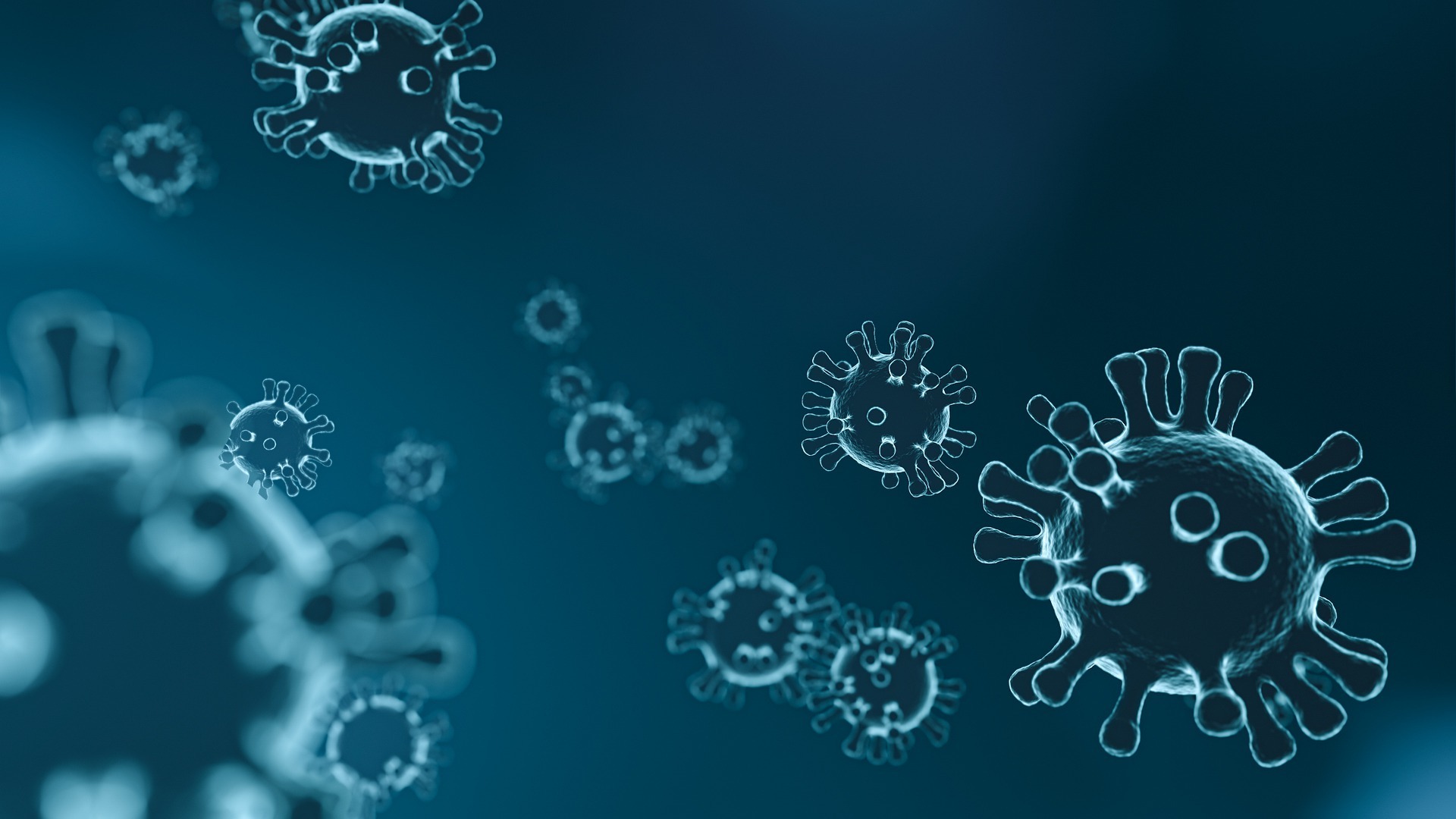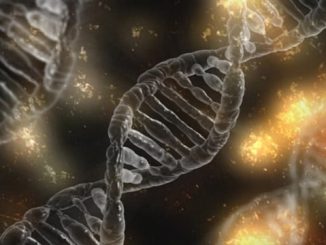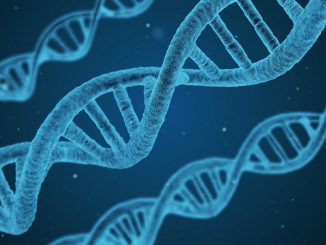
What are Fats?
Fats, also known as triglycerides, are a type of lipid and an important energy storage molecule in many organisms. They are composed of glycerol and […]

Fats, also known as triglycerides, are a type of lipid and an important energy storage molecule in many organisms. They are composed of glycerol and […]

Bacteriophages, often referred to as phages, are viruses that specifically infect and replicate within bacteria. The term “bacteriophage” originates from the Greek words “bakterion,” meaning […]

Beta-lactoglobulin (BLG) is a major whey protein found in the milk of mammals, particularly in cow’s milk. It belongs to the lipocalin protein family and […]

Polyketide synthesis is a fascinating process, mainly occurring in microorganisms like bacteria and fungi, which produces a diverse group of secondary metabolites known as polyketides. […]

Introduction to TRPV1 The Transient Receptor Potential Vanilloid 1 (TRPV1) receptor, also known as the capsaicin receptor, is a member of the TRP (transient receptor […]

Adhesion proteins play a fundamental role in various biological processes by facilitating cell-cell and cell-extracellular matrix (ECM) interactions. These proteins are crucial for maintaining tissue […]

Understanding the function of proteins is paramount in elucidating biological processes and developing targeted therapeutics. An essential aspect of protein function is the identification of […]

Understanding the three-dimensional (3D) structure of proteins is crucial for deciphering their functions and developing targeted therapies for various diseases. Historically, predicting protein structures has […]

Monoclonal antibodies are highly specialised protein molecules that has found wide-ranging application in biotechnology and an analytical biochemistry. Of all the advances that have been […]

Topoisomerases are enzymes that play a crucial role in the maintenance and regulation of DNA structure and topology within cells. They are responsible for altering […]

Mammalian cell expression refers to the process of introducing and expressing foreign genes or proteins in mammalian cells. Mammalian cells, such as human embryonic kidney […]

Ceramides are a vital component of the skin’s barrier function and play a crucial role in maintaining healthy and hydrated skin. These lipid molecules, also […]

Milk lipoprotein lipase (LPL) is an enzyme that is present in the milk of lactating animals, including humans. It plays a crucial role in the […]

Size-exclusion chromatography (SEC), also known as gel filtration chromatography, is a widely used analytical technique in the field of biochemistry, biotechnology, and pharmaceutical sciences. It […]

Pectin methyl esterase (PME) [3.1.1.11) is an enzyme that plays a critical role in the metabolism of pectin, a complex carbohydrate that is an essential […]

Protein refolding refers to the process of restoring the three-dimensional shape of a protein that has been unfolded or denatured. Proteins are large molecules that […]

The shikimate pathway is a critical metabolic pathway found in microorganisms, plants, and some fungi. It serves as the central route for the biosynthesis of […]

Bradykinin is one of the plasma kinins along with kallidin. The name bradykinin is derived from the Greek word ‘bradys’ meaning slow and ‘kinein’ meaning […]

The pentose phosphate pathway is a key pathway in metabolism that is used to synthesize nucleotides NADPH and pentose sugars such as ribose-5-phosphate. It can […]

Ubiquitin, a small protein found ubiquitously in eukaryotic cells, plays a pivotal role in numerous cellular processes, ranging from protein degradation to DNA repair and […]
Copyright © 2024 | WordPress Theme by MH Themes